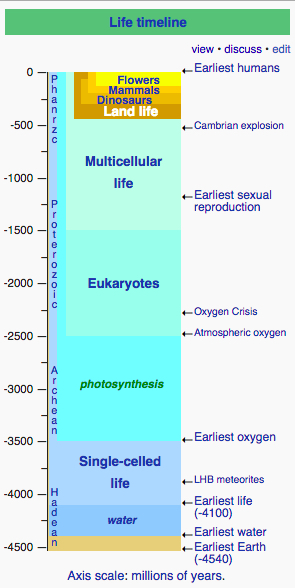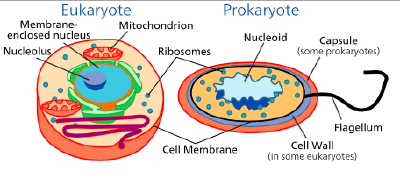No edit summary |
|||
| Line 23: | Line 23: | ||
==Organisms== | ==Organisms== | ||
<gallery> | <gallery> | ||
File:Euglena wikimedia.org.jpg|Euglena Gracilis https://upload.wikimedia.org/wikipedia/commons/5/52/Euglena.jpg | File:Euglena wikimedia.org.jpg|Euglena Gracilis [https://upload.wikimedia.org/wikipedia/commons/5/52/Euglena.jpg] | ||
File:IMG 2343.png|Physarum Polycefalum | File:IMG 2343.png|Physarum Polycefalum | ||
File:Drosophila_melanogaster_Proboscis-wikimedia.jpg|Drosophila Melanogaster https://upload.wikimedia.org/wikipedia/commons/9/95/Drosophila_melanogaster_Proboscis.jpg | File:Drosophila_melanogaster_Proboscis-wikimedia.jpg|Drosophila Melanogaster [https://upload.wikimedia.org/wikipedia/commons/9/95/Drosophila_melanogaster_Proboscis.jpg] | ||
</gallery> | </gallery> | ||
==References== | ==References== | ||
*William B. Whitman (2009). "The Modern Concept of the Procaryote." JOURNAL OF BACTERIOLOGY, Apr. 2009, p. 2000–2005 | *William B. Whitman (2009). "The Modern Concept of the Procaryote." JOURNAL OF BACTERIOLOGY, Apr. 2009, p. 2000–2005 | ||
Revision as of 22:58, 10 April 2018
Life timeline
Kingdom
- Animalia
- Plantae
- Fungi
- Protista
- Archaea
- Bacteria
Prokaryotes and Eucaryotes
Phylogenetic tree
"A phylogenetic tree or evolutionary tree is a branching diagram or "tree" showing the inferred evolutionary relationships among various biological species or other entities—their phylogeny—based upon similarities and differences in their physical or genetic characteristics." (Wikipedia, Phylogenetic tree)
Organisms
References
- William B. Whitman (2009). "The Modern Concept of the Procaryote." JOURNAL OF BACTERIOLOGY, Apr. 2009, p. 2000–2005




![Euglena Gracilis [1]](/kunst-und-gestaltung/wiki/images/thumb/Euglena_wikimedia.org.jpg/120px-Euglena_wikimedia.org.jpg)

![Drosophila Melanogaster [2]](/kunst-und-gestaltung/wiki/images/thumb/Drosophila_melanogaster_Proboscis-wikimedia.jpg/120px-Drosophila_melanogaster_Proboscis-wikimedia.jpg)